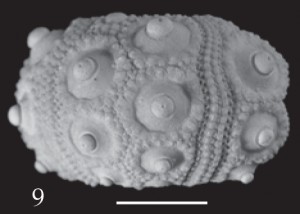Reasons for a name
Born in 1811 (of Swiss origin) near Frankfurt, in Germany, Édouard Desor fled to Paris around 1832 and there started a geological career, coming under the influence of Élie del Beaumont. With Lous Agassiz, Desor had a key role in the study of glacial phenomena, but is also remembered for his stratigraphic studies, particularly based on the paleontology of fossil echinoderms. Starting from his observation in localities such as the Faxe quarry and Stevns Klint, in Denmark, Desor named a new stage inspired by the Latin word Dania, standing for Denmark. He considered the interval as the youngest tract of the Cretaceous System.
After visiting the island of Zealand, in Denmark, on its way to Scandinavia, Desor recognised similarities between the local limestone and the pisolitic strata that he had studied at Laversine, in the Paris Basin. Both overlied the typical Chalk formation, both contained Cidaris forchhammeri, a species distinct from older echinoids of the same genus. In naming the species, Desor recognised the authority of Johan Georg Forchhammer, the Danish mineralogist who first had studied the Faxe limestone.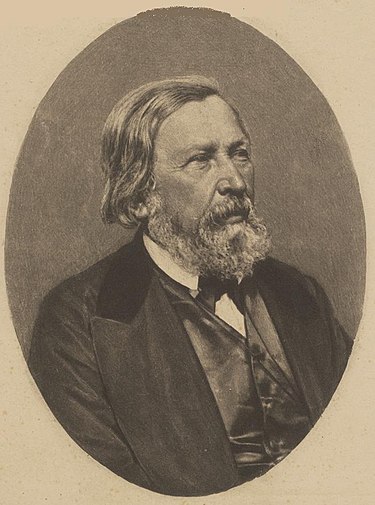
Mr. Desor thinks that we should consider the Faxe limestone, the coralline chalk and the pisolitic strata at Laversine e Vigny as a particular stage of the chalk, the most recent of all, as it was proposed by Mr. Élie del Beaumont; but this should not comprise the the terrains with Nummulites, that he considers as belonging to a more recent epoch. Mr. Desor proposes to call this stage danian terrain, since it is better developped in the islands of Denmark. As it was coinceived by Mr. Graves, this is probably the continuation of the terrain of Maastricht.
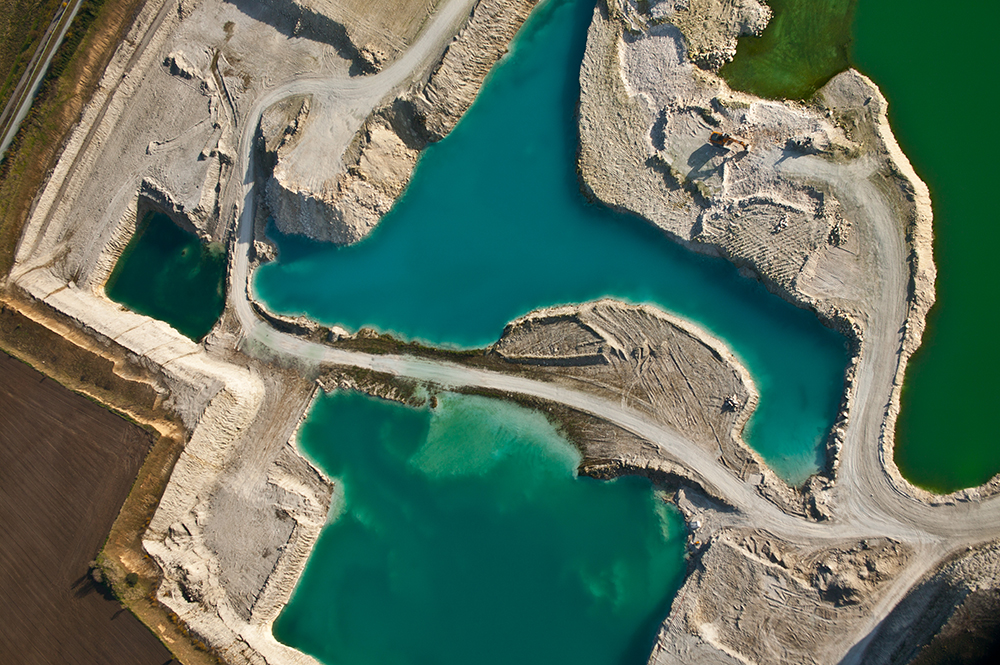
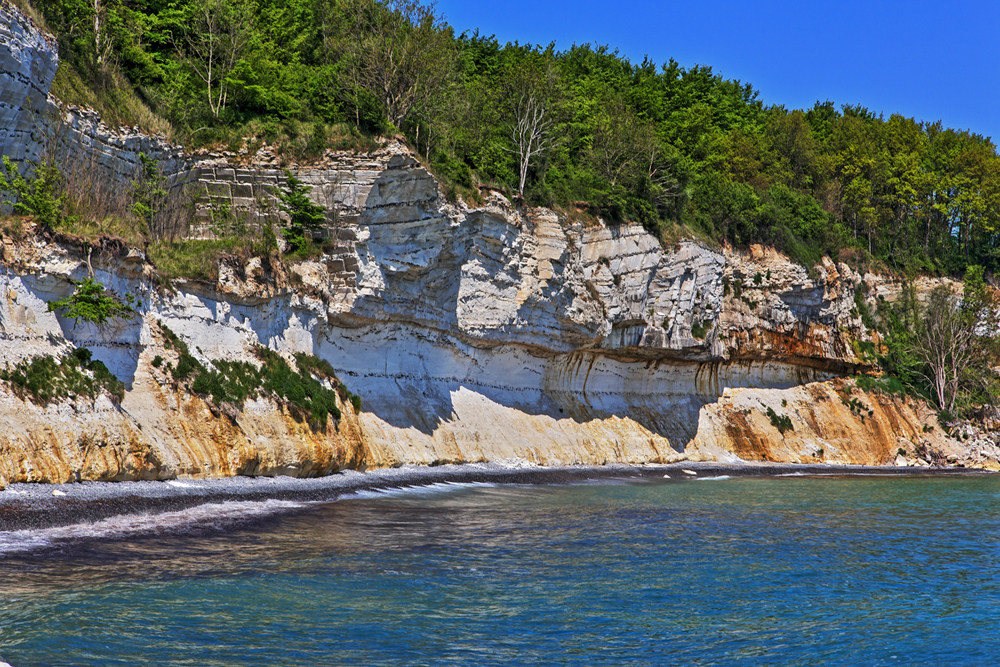
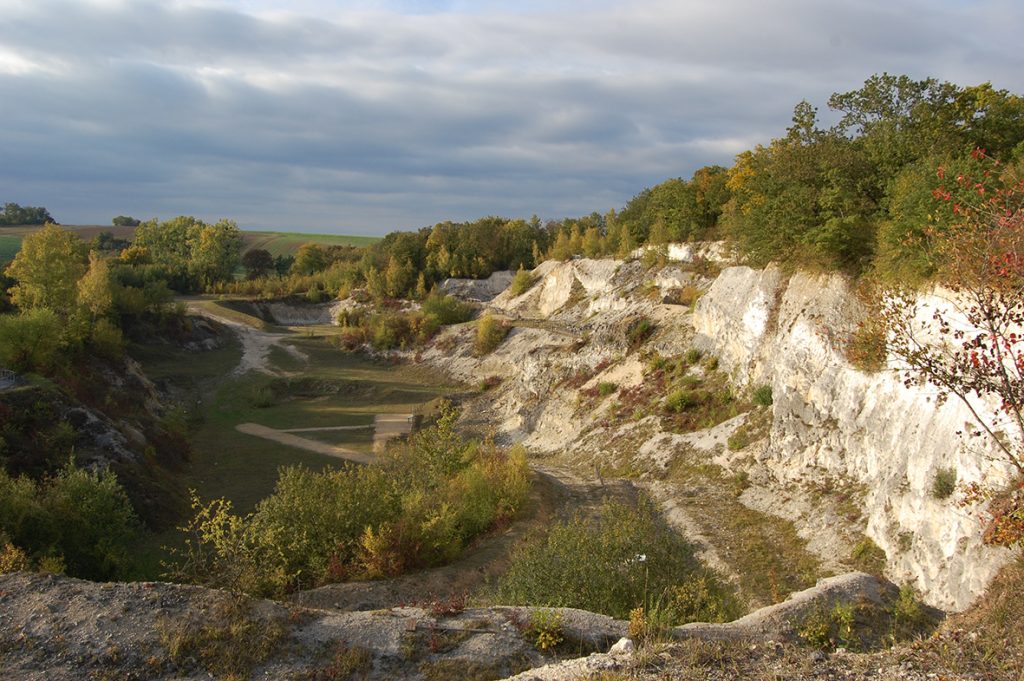
Agassiz, L. & Desor, E. (1846). Catalogue raisonné des familles, des genres et des espéces de la classe des Echinodermes, précédé d’une introduction sur l’organisation, la classification et le développement progressif des types dans la série des terrains par M. L. Agassiz. Annales de la Societé nat. 3, 305-374.
Gravesen, P. (2001). Den geologiske udforskning af Fakse Kalkbrud fra midten af 1700-tallet til nu. Geologisk Tidsskrift 2, 1-40.
Jagt, J.W.M. (2000). Late Cretaceous-Early Palaeogene echinoderms and the K/T boundary in the southeast Netherlands and northeast Belgium — Part 4: Echinoids. Scripta Geologica 121, 181-375.
Montenat, C. & Merle, D. (coord., 2018). Stratotype Danien. Muséum National d’Histoire Naturelle, Paris, 480 p., Patrimoine Géologique; 9.
Ravn, J.P.J. (1933). Études sur les pélécypodes et gastropodes du Calcaire de Faxe. Det Kongelige Danske Videnskabernes Selskabs Skrifter, naturvidenskabelig og mathematisk Afdeling 9, 1-74.
Surlyk, F., Damholt, T. & Bjerager, M. (2006). Stevns Klint, Denmark: Uppermost Maastrichtian chalk, Cretaceous–Tertiary boundary, and lower Danian bryozoan mound complex. Bulletin of the Geological Society of Denmark 54, 1-48.
Links
See Dromiopsis rugosus (Schlotheim, 1820) at Fossil Crabs.


